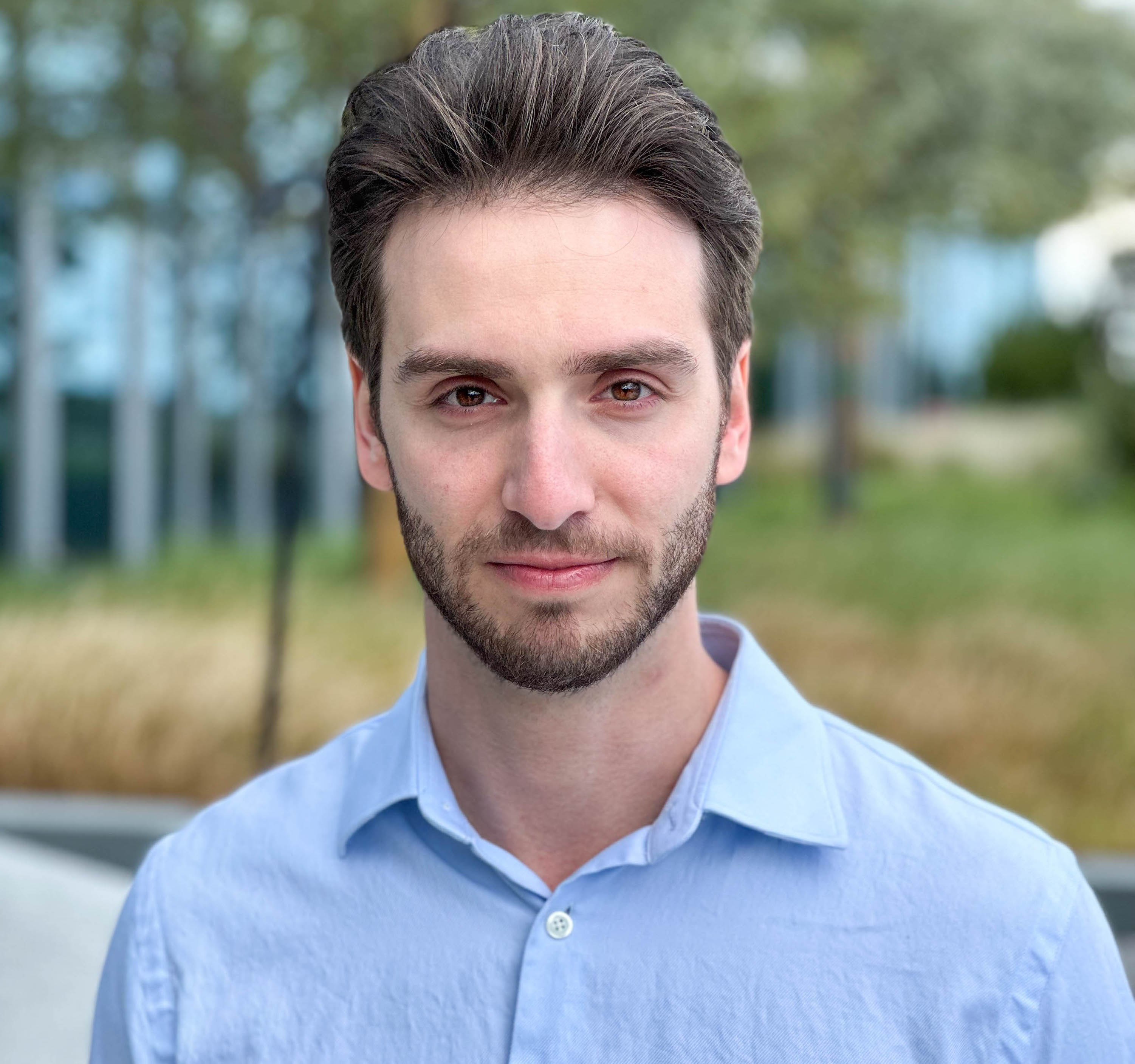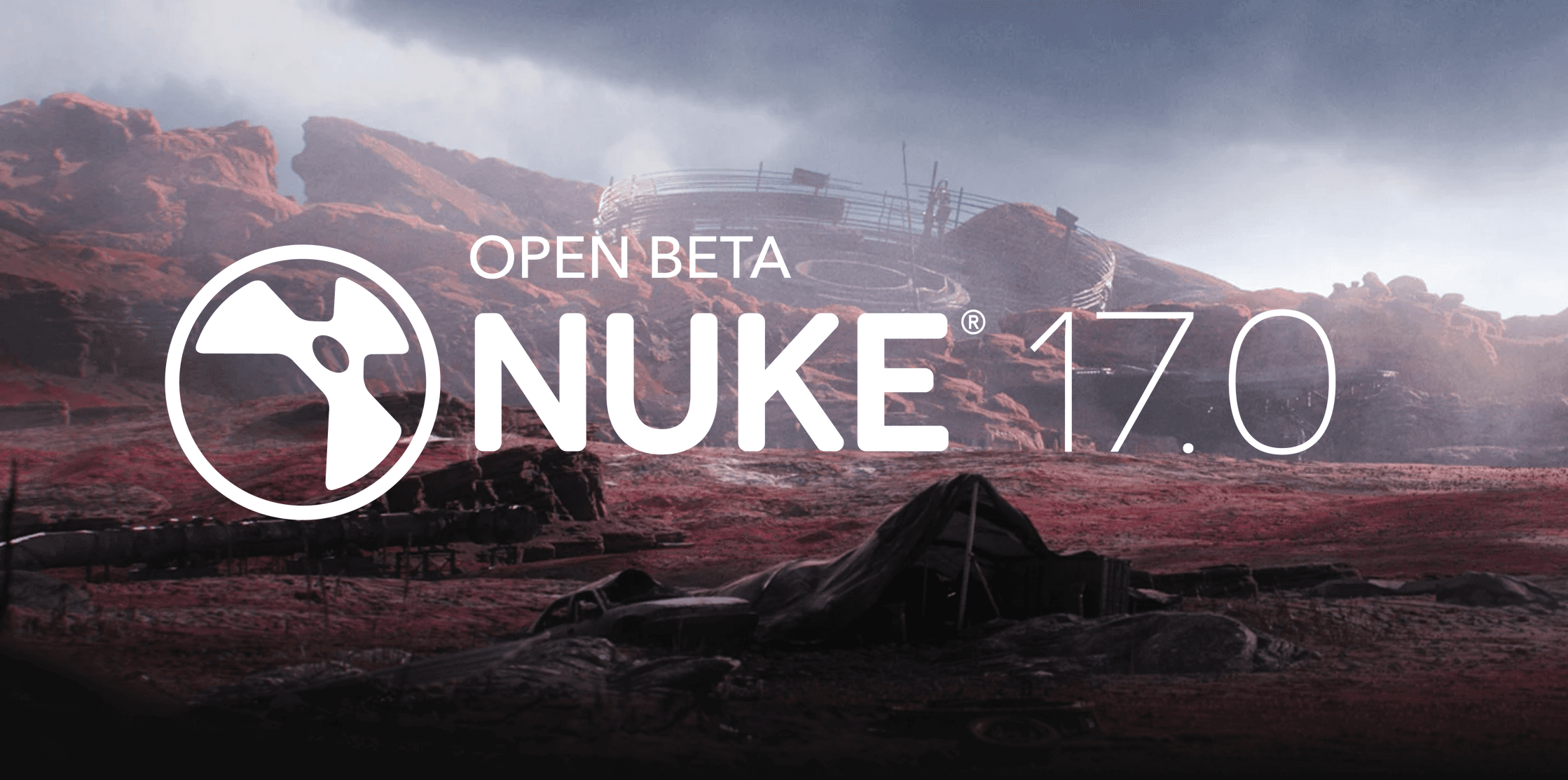

Michael Rubloff
Feb 10, 2025
One of the largest and most influential companies in photogrammetry, Pix4D, has announced its support for the radiance field method, Gaussian Splatting.
Over the past year, more and more industry leaders have signaled their intention to pivot toward radiance field methods, and Pix4D’s decision continues this trend. The announcement coincides with the start of GeoWeek 2025, where it’s guaranteed to make a splash. Indeed, as I prepare to give two talks this week, I’ve already updated my presentations to address this exciting development.
Among Pix4D’s most significant enhancements is the introduction of fully georeferenced outputs for its Gaussian Splatting feature. These models can now be displayed alongside other geospatial assets, such as point clouds or 3D meshes, within a projected coordinate reference system. By unifying all data layers in PIX4Dcloud, users can more easily compare existing infrastructure or environmental features to the newly generated models.
Sharing these models remains straightforward: a simple URL provides access to anyone with a web browser, eliminating the need for specialized software. Meanwhile, PIX4Dcatch leverages another essential advantage of radiance field methods—the ability to revisit older datasets. Because the base input is standard 2D imagery, any previous captures stored with Pix4D can be reprocessed to benefit from Gaussian Splatting’s improvements.
Currently, PIX4Dcatch supports datasets ranging from 50 to 2,000 images, whether captured with or without Real-Time Kinematic (RTK) technology. Users can collect imagery on an iPhone Pro or iPad Pro equipped with LiDAR and then seamlessly process their data on PIX4Dcloud. Pix4D is a paid platform, but the company’s emphasis on scalability and accessibility appears to lower the barrier for widespread adoption.
This development further positions Gaussian Splatting as the first major “bridge” to radiance field adoption across multiple industries. Coming out of the recent standardization Town Hall, large corporations have made it clear they are fully committed to bringing radiance field capabilities to their users. Now that a leading photogrammetry player has joined the fray, it seems likely that we’ll soon see even broader adoption of radiance field methods—both in photogrammetry and beyond.
For more information and detailed documentation, current subscribers can visit Pix4D’s online resources or log into PIX4Dcloud to explore Gaussian Splatting in their next project.







